Maria Kuptsova
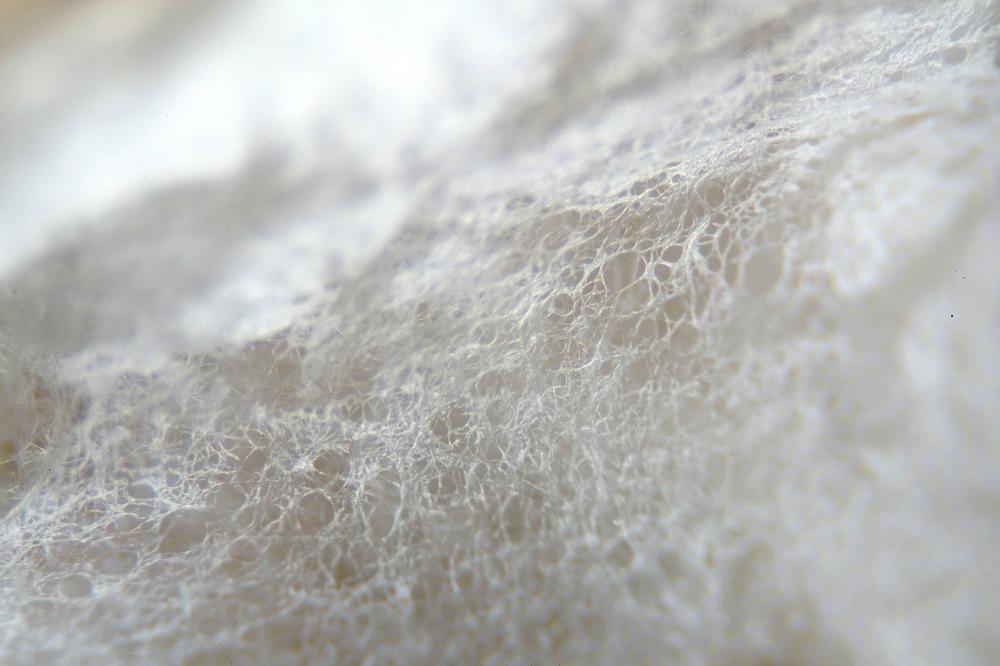
HYPH
2023HYPH is a cyborganic fungi garden grown in an urban environment in a bio-artificial way. It is a productive and regenerative system that materialises in the form of synthetic hybrids endowed with biological life. HYPH embodies a scenario that leads to a more sustainable and productive food industry in urban environments, offering variations of art objects, each one formalising a micro or macro garden to grow specific mycelial and fungal varieties specific to the local environment.
For Gilles Clement, the garden "is a process of formalised transmission of biological messages" (Gilles Clement, Il giardiniere planetario, 2008), which today can be achieved through algorithmic coding. Algorithms become machines for the "gardener" to breed biodiversity. Understanding aesthetics as an intrinsic ecological property, HYPH explores biological patterns and materials as a form of artistic language for realising sculptural objects through digital design and production techniques.
HYPH proposes to change the aesthetics and ethics of food production. Instead of enclosed and out-of-town greenhouses and farms, HYPH explores scenarios where climate-specific fruits grow in urban environments, creating a new aesthetic for urban spaces. Following the climatic characteristics of Russian cities, as well as Russian culinary traditions and mushroom picking customs, HYPH proposes to integrate fungi gardens into the public spaces of our cities. "Every city dweller becomes a gardener" (Gilles Clement, 2008) or in the particular case a mushroom grower, being in constant relationship with the processes of growth, cultivation and harvesting. The urban dweller no longer buys packaged mushrooms in the supermarket, but can grow the necessary fruit himself or follow the processes of growth. Environmental ecology is a key factor and focus in such a scenario, as humans need to control pollution in the ecosystem in order to produce food.
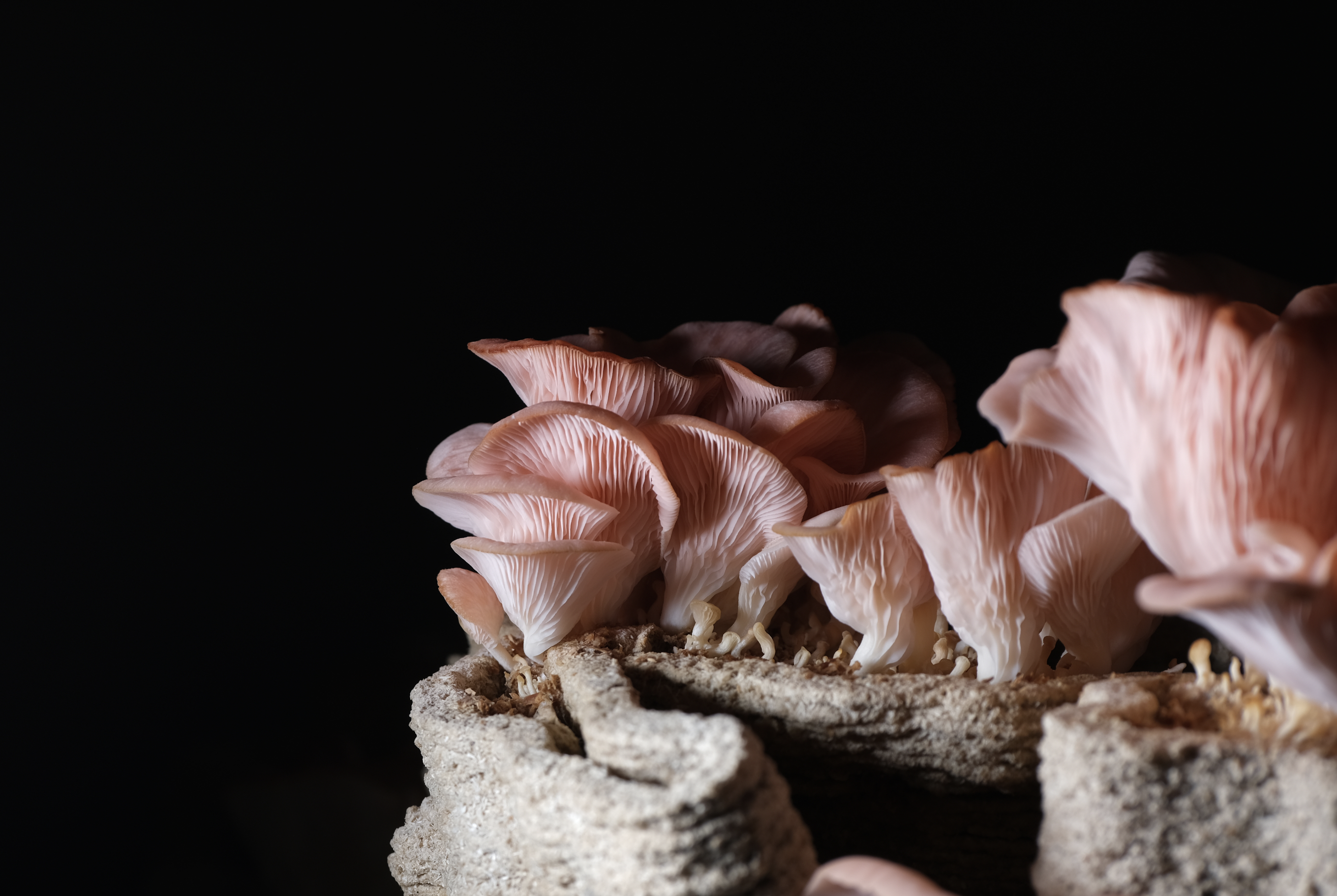
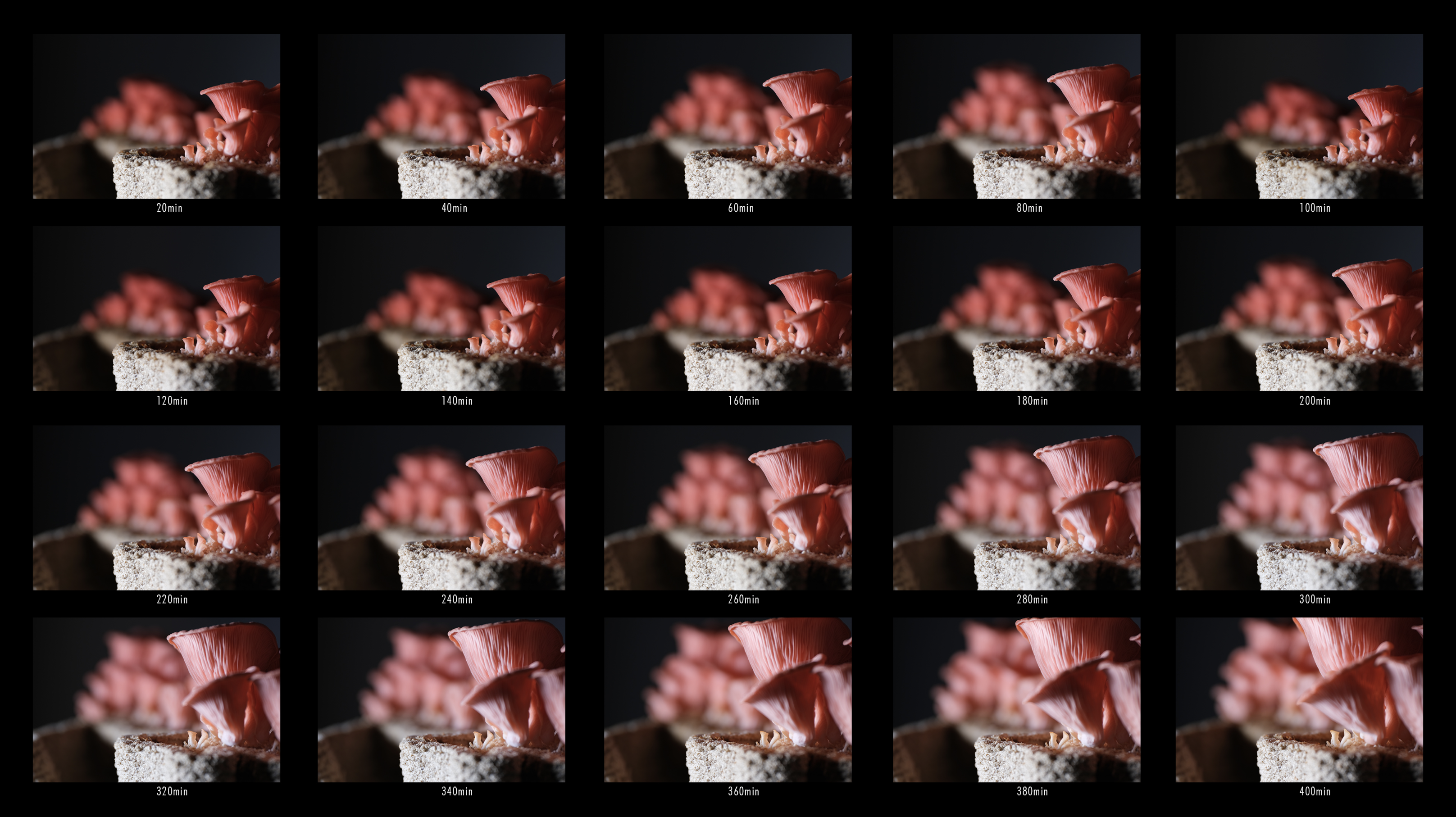
Mycelium, in addition to providing a resource for human sustenance, plays an important role in the ecosystem as it helps to break down organic matter, recycle nutrients and form symbiotic relationships with plants and other organisms. Fungi can detect and respond to changes in temperature, humidity and nutrient availability by changing their growth patterns and behaviour. Fungi can also serve as indicators of environmental health. Because they are sensitive to changes in air and water quality, they can be used to monitor toxins or other pollutants in urban environments.
One of the best-known examples of mycorrhizal relationships is that between trees and fungi. Trees and fungi are in a mutuallyistic relationship, with the fungus getting sugars from the tree and the tree getting water and minerals from the fungus. The mycelium also has the ability to connect different trees and plants together through a "mycorrhizal network" (Frank, 1885), enabling the exchange of resources (water, nitrogen, carbon and other minerals) and information between the plants.
HYPH redefines the relationship between trees and fungi in a new synthetic form. HYPH uses wood chips and mycelium as the basic building materials for art sculptures. The mushroom and wood varieties are selected according to the logic of their relationships in the natural local environment. The bio-programming process helps to extract the organisational principles of the mushroom mycelium and fix them in the form of a spatial topology. Fabrication techniques, such as additive manufacturing, allow the development of adaptive sculpting techniques based on research into material behaviour. Biomaterial based on shavings from wood waste is used for large scale 3d printing, suggesting a new regenerative life cycle of matter from wood in its living state to recycled wood material. This material is fully biodegradable and provides an excellent basis for mycelial growth on the surface of structures. At the time of 3D printing, mycelium spores are planted inside the printed structure. Sprouting through the walls of the sculptures, the mycelium compacts the printed wood structure with its nets and creates its own micro-environment for the growth of fruiting fungal bodies. The new materiality remembers the tactility and smell of wood and mycelium, integrating them into a new form and relationship. The aesthetic form of the sculptures embodies ecological agency.
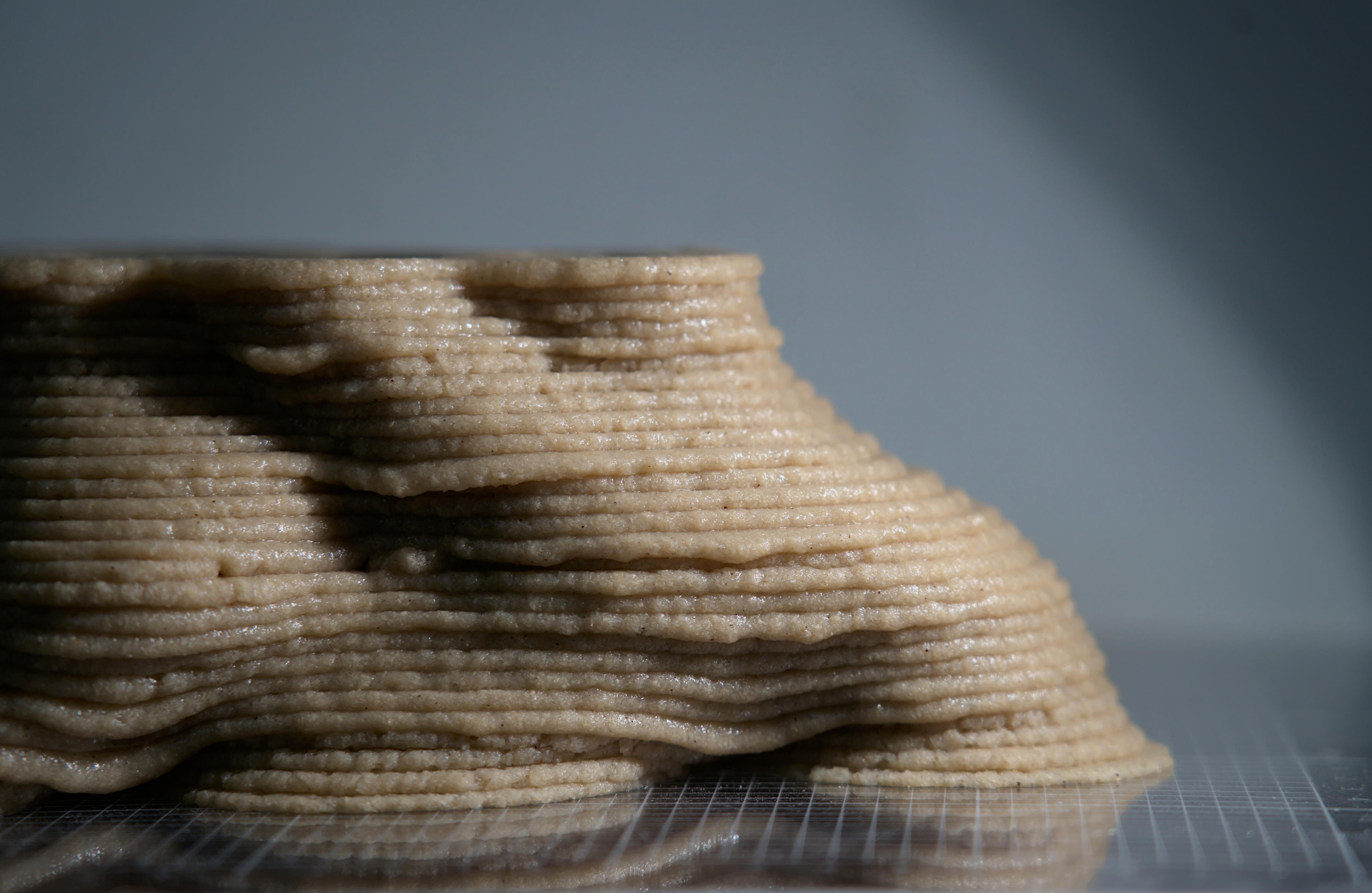
Moreover, spreading throughout the 3d printed piece, fungi also serveas bioindicator, capable to monitor the presence of toxins or other pollutants in the environment.Fungi mycelium are sensitive to changes in air and water quality, responsive to these changes by altering their growth patterns and behavior. ‘By changing the environmental conditions, we can reprogram a geometry and a theoretical structure of the graphics of mycelium networks and then use the electrical activity of the fungi to create computing circuits’ (Dehshibi, Adamatzky2021). In their study Dehshibi and Adamatzky investigate the actinic potential of Oyster mushrooms which is measured in the form of spikes of electric potential. The complexity of these spikes frames a fungal metalanguage which can be measured and decoded.
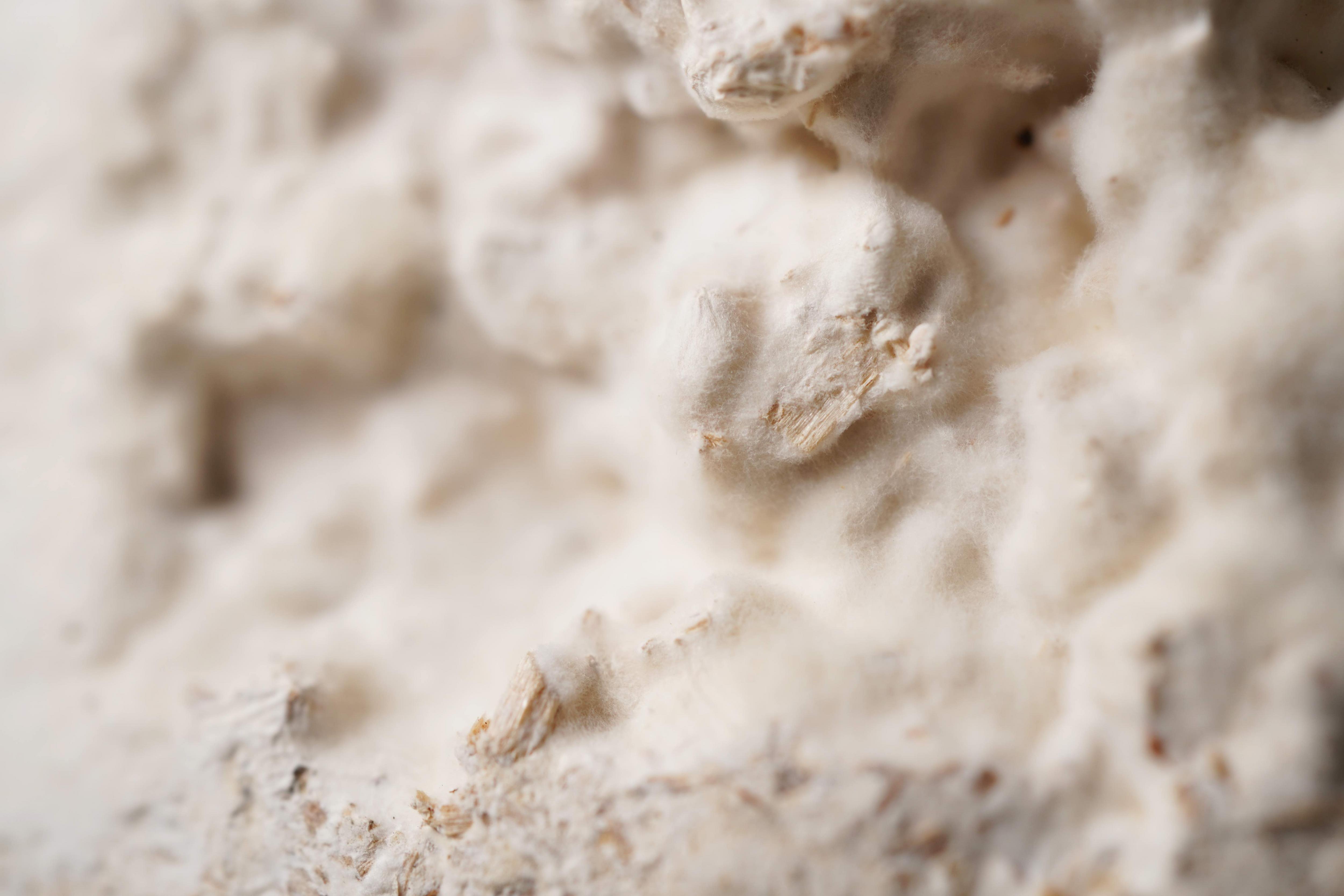
Considering the ability of the mushroom mycelium to solve a wide range of computational tasks, we can imagine a use of fungi properties as a biosensor, which is capable of receiving and transmitting information from a designed piece to an automated machinic system integrated with evolutionary neural network algorithm. Predictive models using machine learning are well suited to understand the behaviour of materials. In collaboration with living systems, they will have the potential to deliver prompt feedback for design and fabrication processes, enabling the anticipation of material transformations during fabrication and facilitating the development of adaptive manufacturing strategies that consider the heterogeneity of material.Extracted from living systems and processed with machine learning algorithms, information is fed back into matter in the process of fabrication or gardening.The speed of 3d printing is informed by the growth ratio of fungi mycelium, integrating biological timeframes into build environment. The designed piece is grown by a metabolic process evolving over time.‘This challenges the idea of design as an act taking place before completion, hand-over and inhabitation instead building new bridges to what it means to inhabit and live in a living architecture.’ (Thomson, Tamke 2022)
To fully harness the potential of bio-based and living materials, we need to develop a bio-technological apparatus that understands the life cycle, growth-decay ratios and variability of bio- and living matter not as failures but as active design parameters. Developing protocols and tools for recording, characterising and predicting organismal life activity, the digital algorithm will not only be informed but also controlled by the living system. Mycelium would become an active design agency that uses ML as a tool to receive, process and respond to its senses. Although such a system would be designed by humans, further developments in the fields of plant-computer interaction may create a space for technical input from nonhuman organisms themselves as well as would allow a more detailed study of the intelligence of biological systems and its potential as an active design agency.
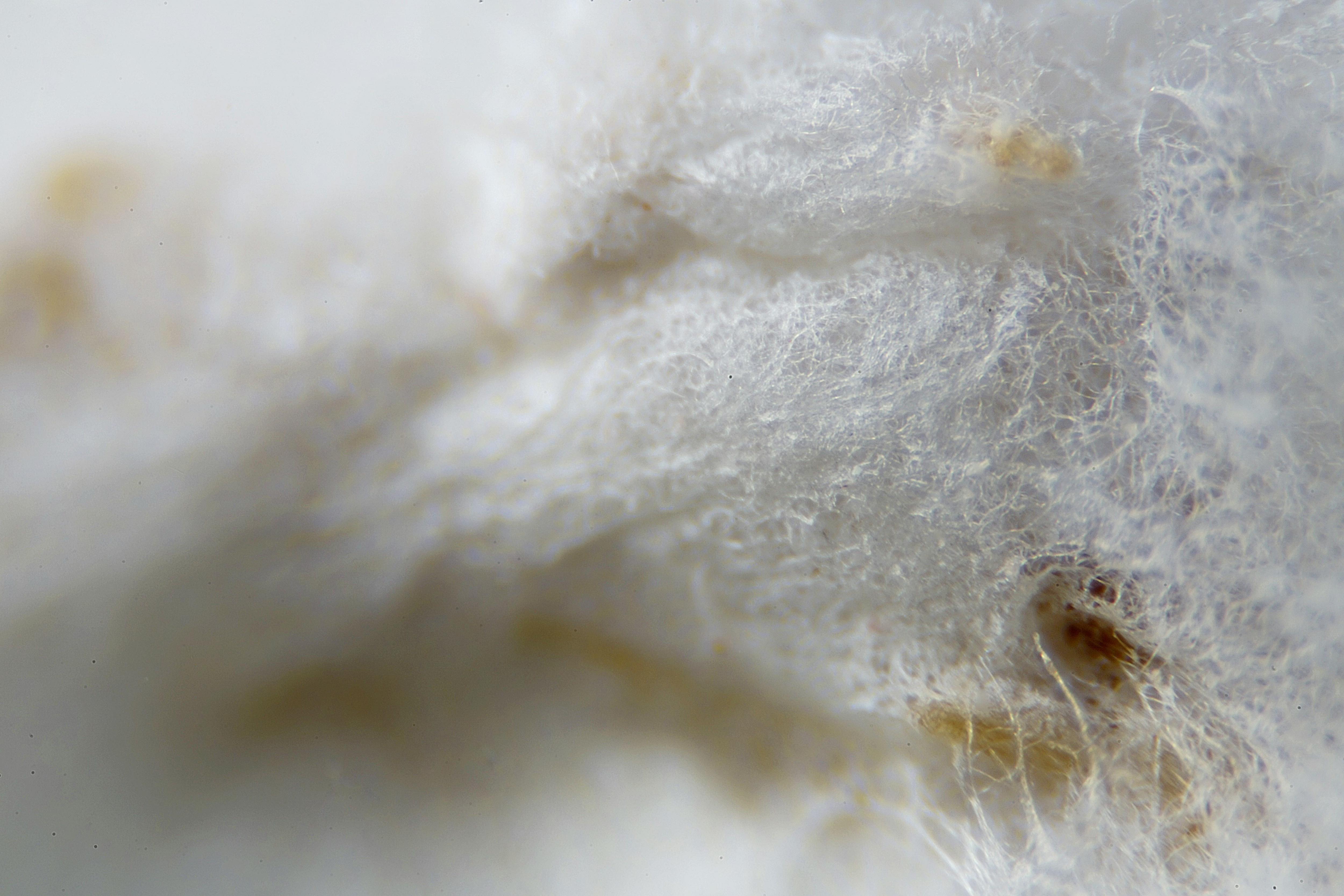
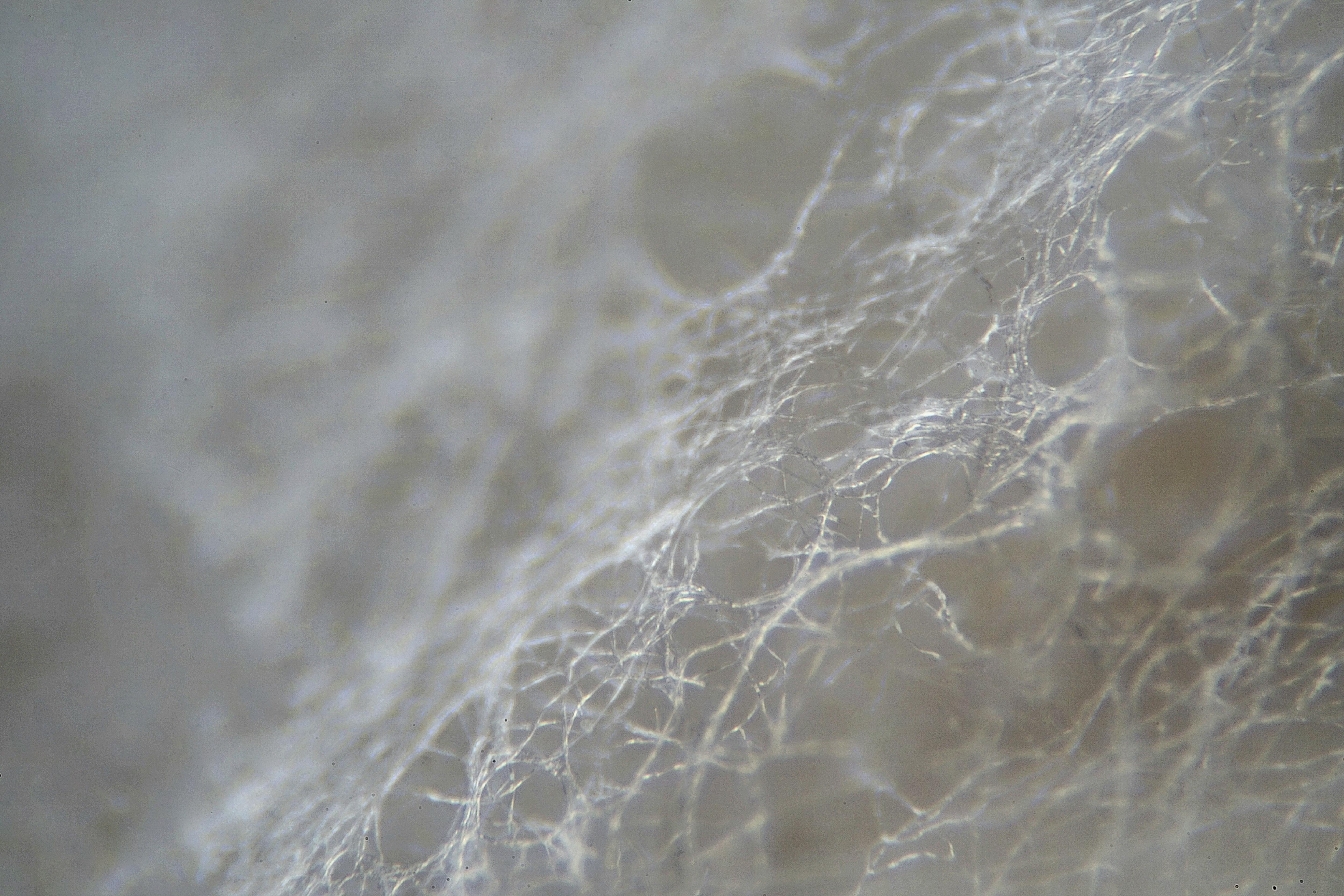
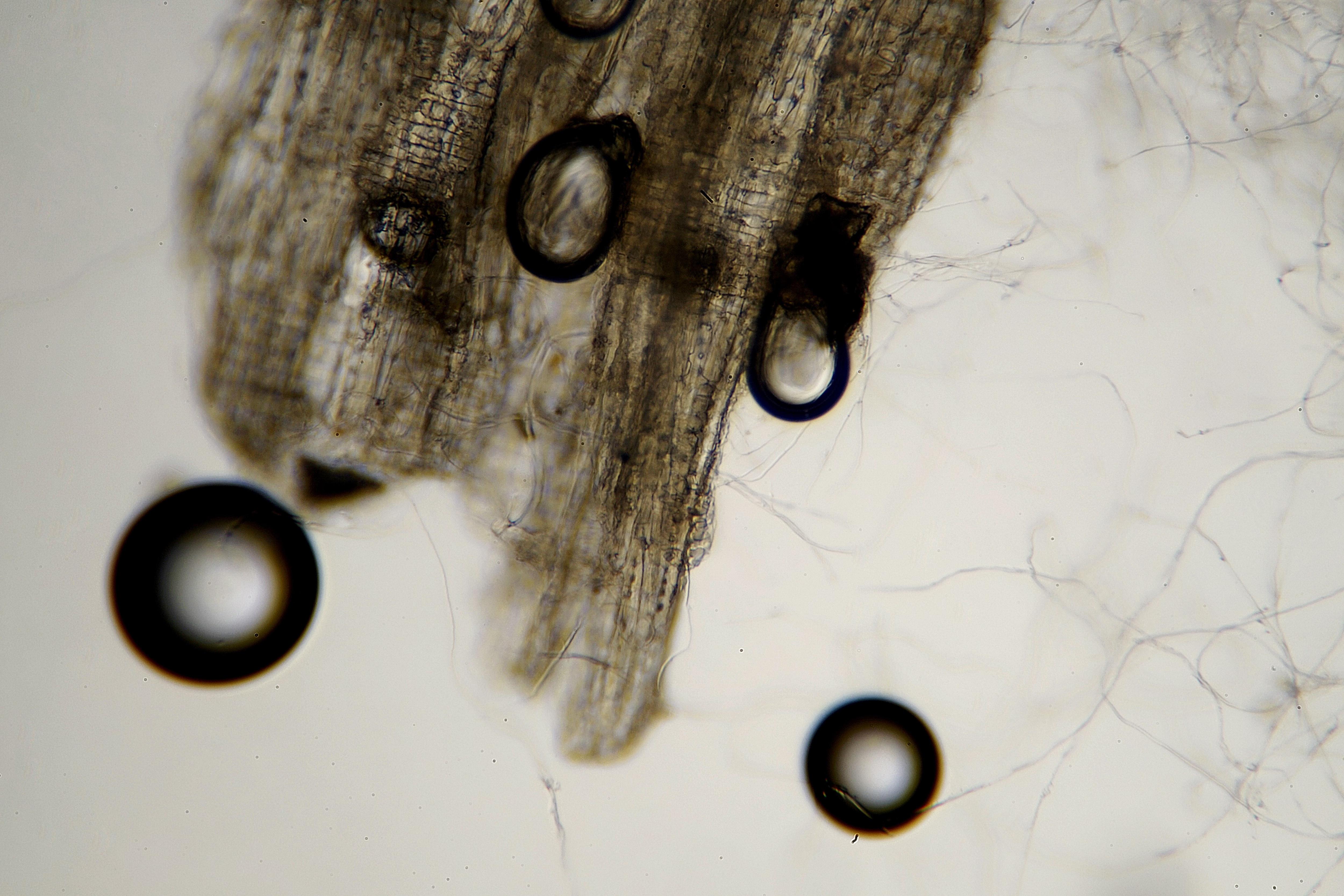
Project team: Maria Kuptsova, Riccardo Mangili, Korbinian Enzinger, Emiliano Rando